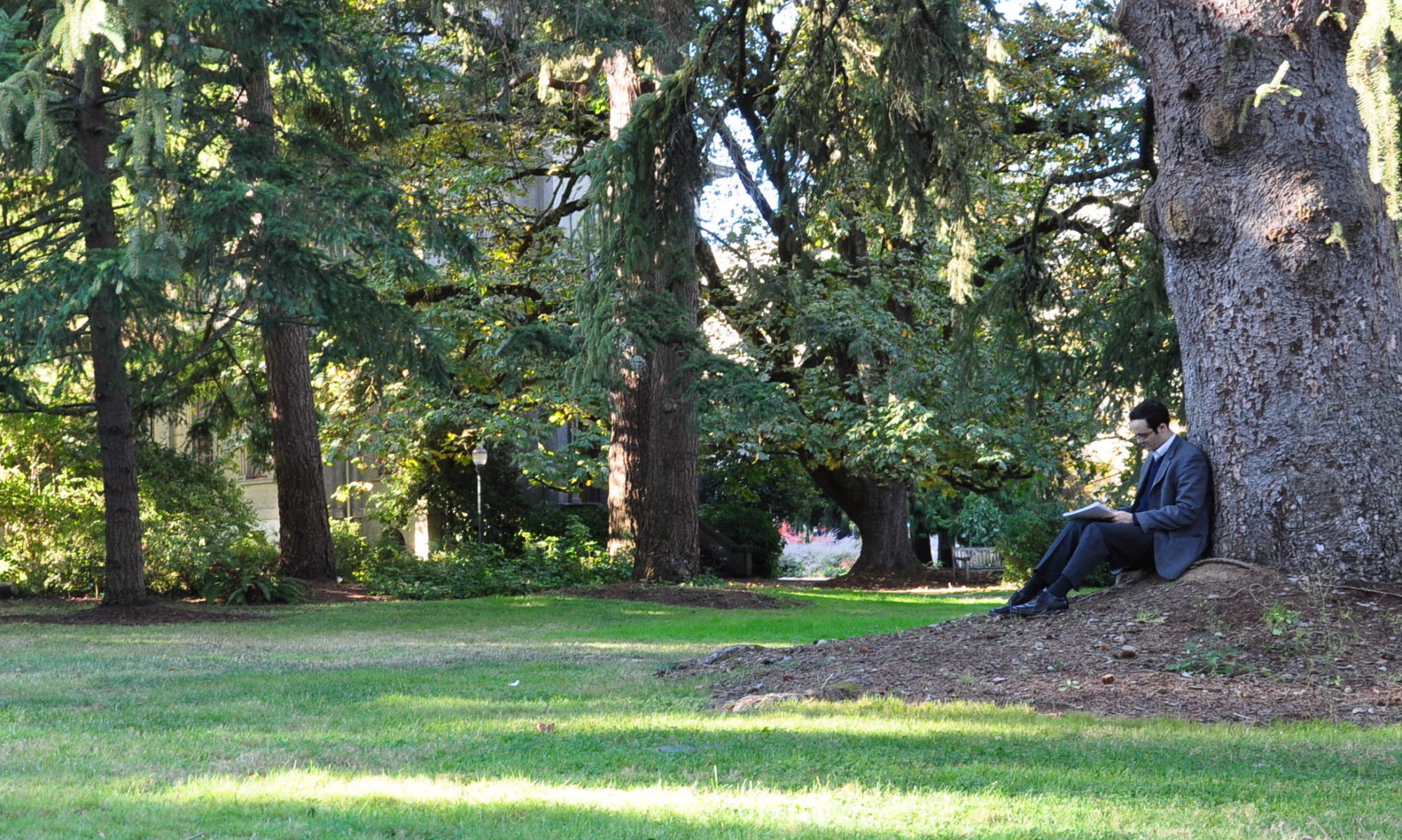Do I Wake or Sleep? Triosatz for Flute, Violin, and Bass clarinet (2023)
Commissioned by the Walden School 2023 Young Musicians Program Faculty Commissioning Project, this trio was written for and premiered by TAK ensemble. The piece is conceived as an ethereal exploration of liminality, portraying, as the title (a quote from Keats) suggests, an in-between state of consciousness. The piece is a simple ternary form: A fast, alternatively delicate and aggressive section gives way to a slower lyrical tune written for violin, sul G. After the winds take up the melody, the flutist is asked to improvise a cadenza, and following this, there is brief recapitulation of the opening fast material before the piece seems to evaporate into nothing.
Kalcheim-Do-I-Wake-or-Sleep-Score-in-C